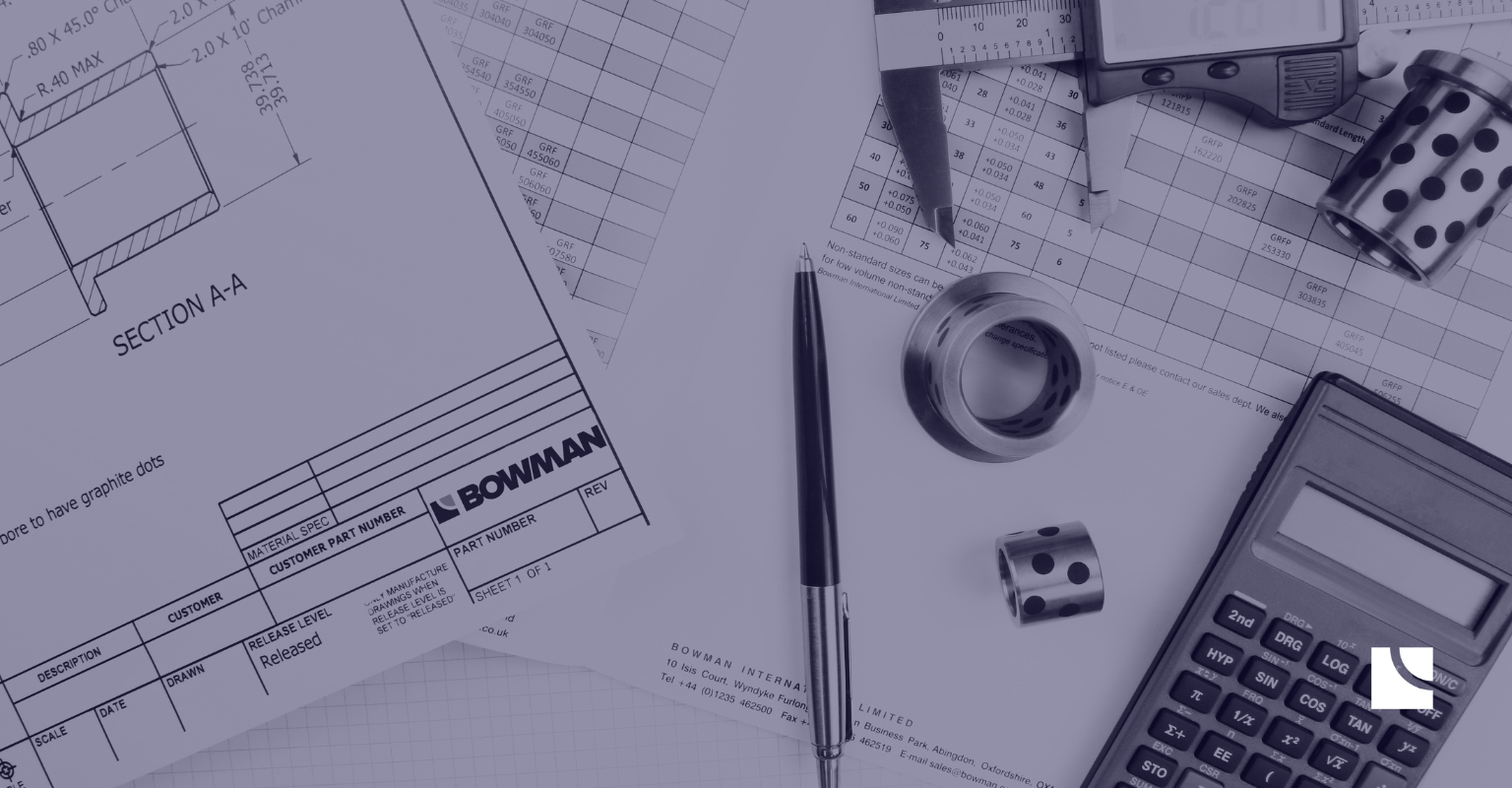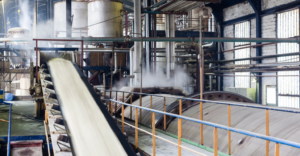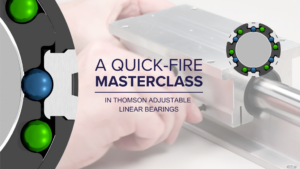
Incorrect bearing specification is one of the main causes of bearing failure. PV calculations are helpful for reducing failure by providing a guide to the ideal sliding bearing for your applications.
Let me help you get this right.
Why are PV calculations so important?
There are two reasons PV calculations are a helpful guide when specifying plain bearings:
- Optimising performance– minimising wear, friction, and heat generation
- Longer operational life – delivering longer Mean Time Between Failures, reducing maintenance costs and minimising downtime
PV value: a clear definition
Put simply, the PV value tells us the bearing’s load carrying capacity expressed in units of pressure multiplied by velocity. When calculating a PV value (P) represents the pressure exerted on the bearing and (V) represents the sliding velocity of the mating parts.
Here are the two calculations used to measure PV value:
- Psi x ft/min
- N/mm² x m/s
The higher the PV value, the greater the loads and sliding speeds the bearing can handle. Therefore, exceeding the recommended PV value for a particular bearing could lead to premature failure due to excessive wear.
Factors to consider when calculating PV values
Bearings are not a one-size-fits-all solution, and there will always be application-specific factors at play that alter bearing performance. Here are the factors to consider when calculating PV value:
- Operating temperature – high temperatures will alter the bearing material properties and reduce load carrying capacity
- Lubrication – Correct lubrication is critical to reduce friction and heat generation, improving the bearing’s life.
- Bearing material – the PV limits are considerably different depending on the bearing material chosen which will have a direct impact on load-carrying capacity and wear resistance
How to perform PV calculations for plain bearings
Here are three simple steps for calculating PV value:
- Confirm the applied load (pressure) on the bearing (P)
- Calculate the sliding velocity of the mating parts (V)
- Multiply the pressure (P) by the sliding velocity (V) to get the PV value
REMEMBER:Always compare the calculated PV value with the recommended PV limit for the material you are planning to specify. If your PV value exceeds the stated limit for this material, this is not the right bearing for your application.
HELP IS AVAILABLE: Consulting an expert is always the best practice approach to bearing specification. I can help you determine the right bearing for your application based on PV value and other factors. Get in touch today!







No comment yet, add your voice below!